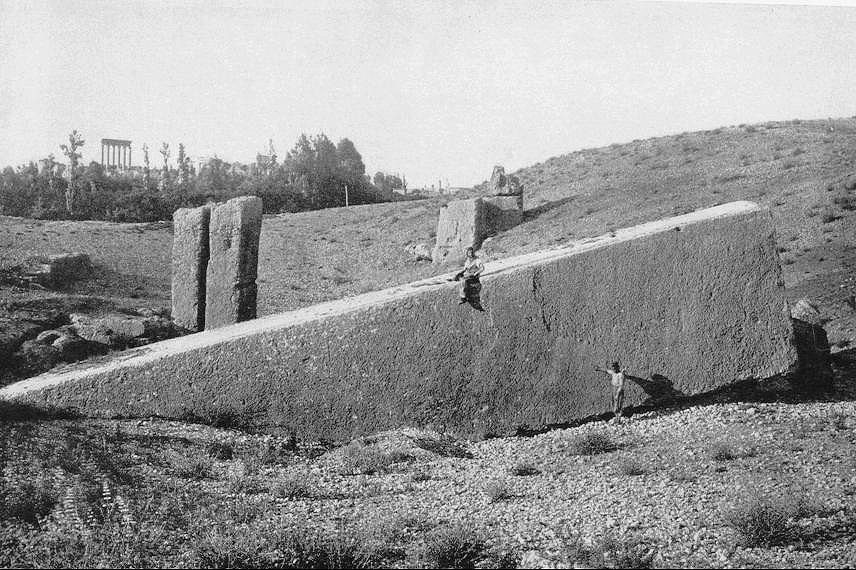| RuneSpider
posted
on Oct, 23 2011 @ 08:28 AM link to the whole discusssion at
AboveTopSecret.com "The heaviest stone moved by man, starting out at 2000 tonnes and was carved down to 1500 while being moved. Now down to 1250 tonnes as it serves as the pedestal for the statue of Peter The great called the Bronze Horseman. Pulled from marshy ground in 1768 by Russian workers under the command of a Greek Lieutenant -Colonel in the Russian army moved the stone 150 meters a day. It took nearly nine months to move the massive stone the 6 km. to the Gulf of Finland. To this day it remains the largest stone moved by man, with the 6 km it was moved, done completely with man power. No machinery or animal labour was used to move the stone. " The above quote is representative of what one finds when doing an internet search on the subject. It shows a lack of critical thinking, and willingness to cut & paste untruths as long as they conform to the agenda of belittling ancient achievements. Fortunately, the same search provides visual documentation which conflicts with such buncombe claims head on. The reader is invited to inspect a sequence of images which shows the granite stone in progressive stages of the work. First, the drawing below shows that the stone was being reduced in size before ever being moved. The initial measurements of the stone in meters, 14 x 7 x 9, would translate to about 2,400 - 2,500 tons in weight. However, since the stone is not rectangular but rounded - the starting weight is less - ascribing a value of 1,800 tons to it seems fair although sources generally cite 1,500 tons. |

|
The picture below is dated
January 20th, 1770. In
my opinion, it must have been the day when the stone was set
in
motion. That would explain the alleged presence of Catherine
II, the
empress, and the throng of onlookers. It is evident that the shape of the stone has changed a lot by then -starting from the base on the left, which instead of protruding outwards, now slopes inwards. Its width on top is now only around four meters instead of seven, and the base itself now looks no more than five meters wide, but let's say that it is six meters wide. Even so, forty percent, or so, of its bulk must be gone by now (so it must be down to 1,200 - 1,300 tons) - and still, workers hammer away at it. |

 The red line roughly
approximates the change
The red line roughly
approximates the change
which had occurred prior
to any attempts to move the stone; however, it doesn't show
the
whittling down done on the sides.
| Below: a larger, black & white version of the same image provides good view of some important details. The stone, loaded on a metal sledge, rolled on ball-bearings - a century before the official date of their invention - pairs of tracked iron rails with six inch brass balls in the tunnel formed between the top and bottom rails. The stone was pulled by two capstans, each capstan in tandem with a pulley, each capstan turned by a team of thirty men. |









